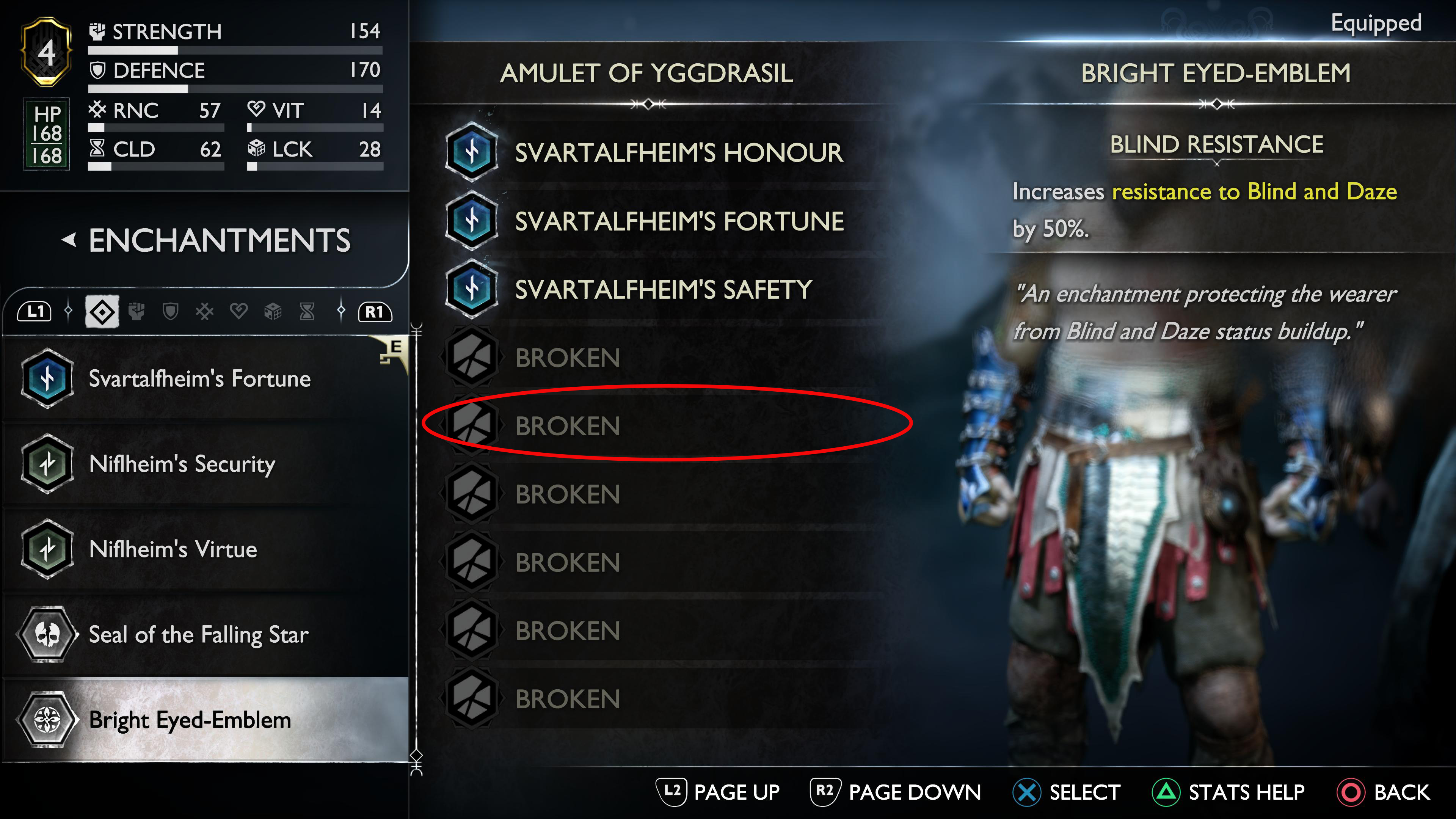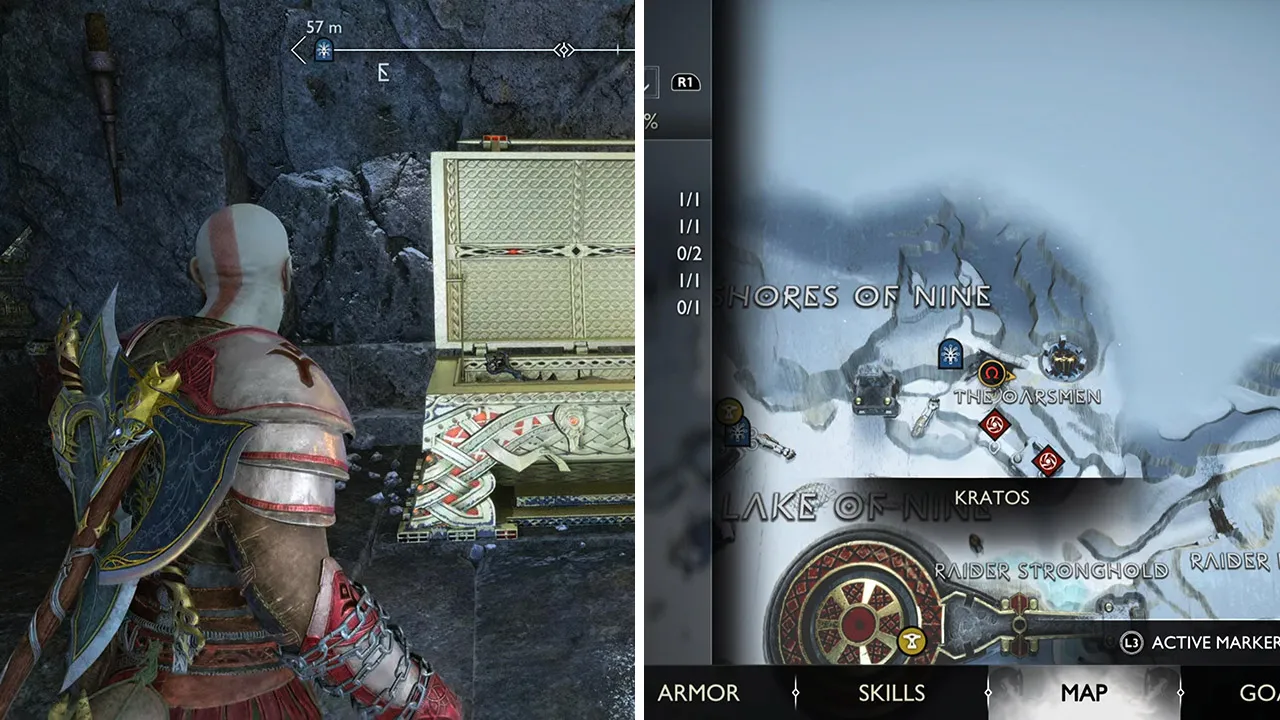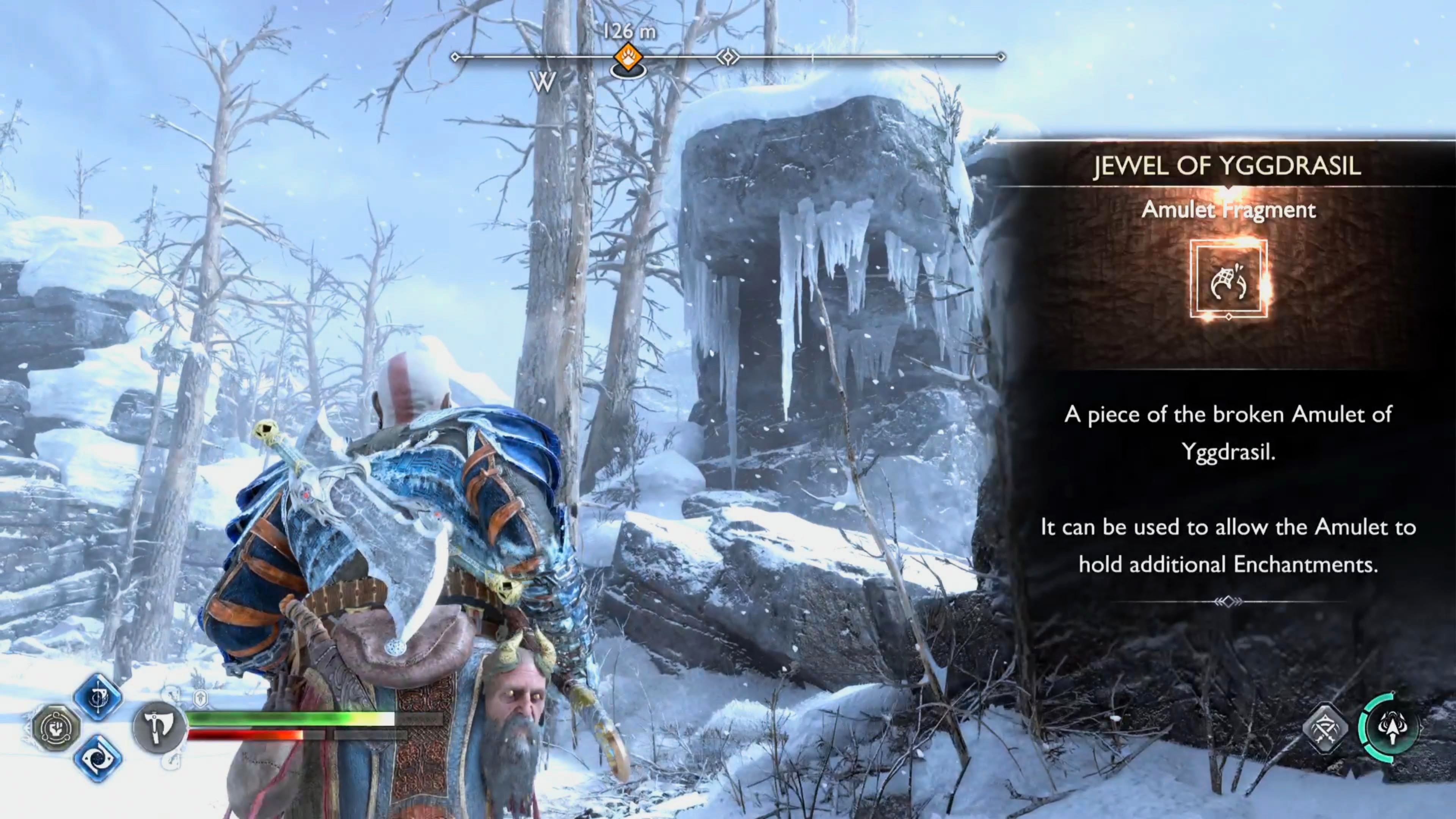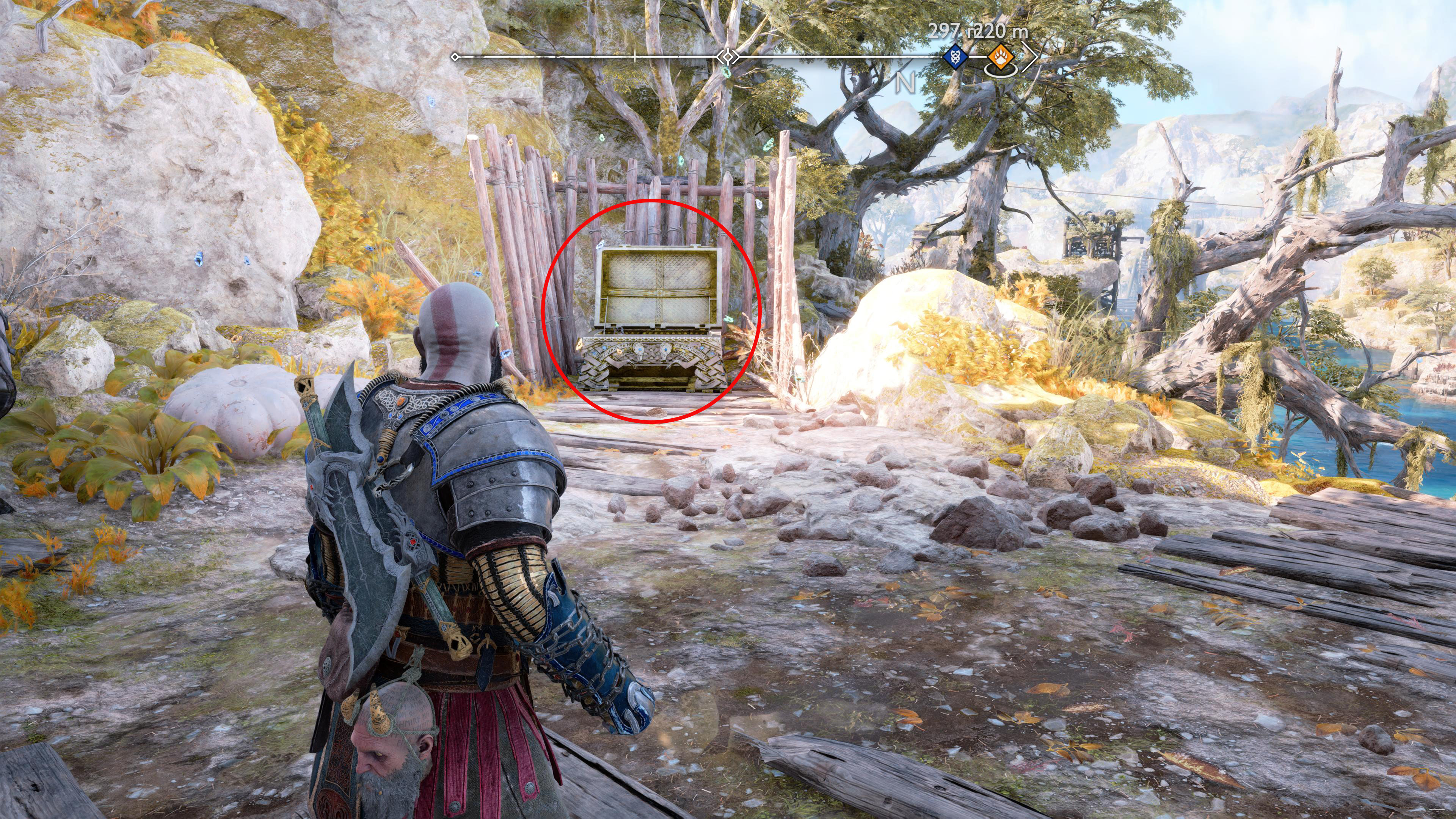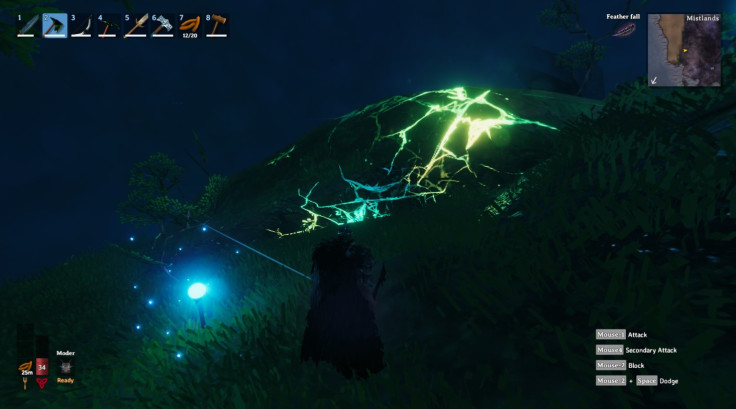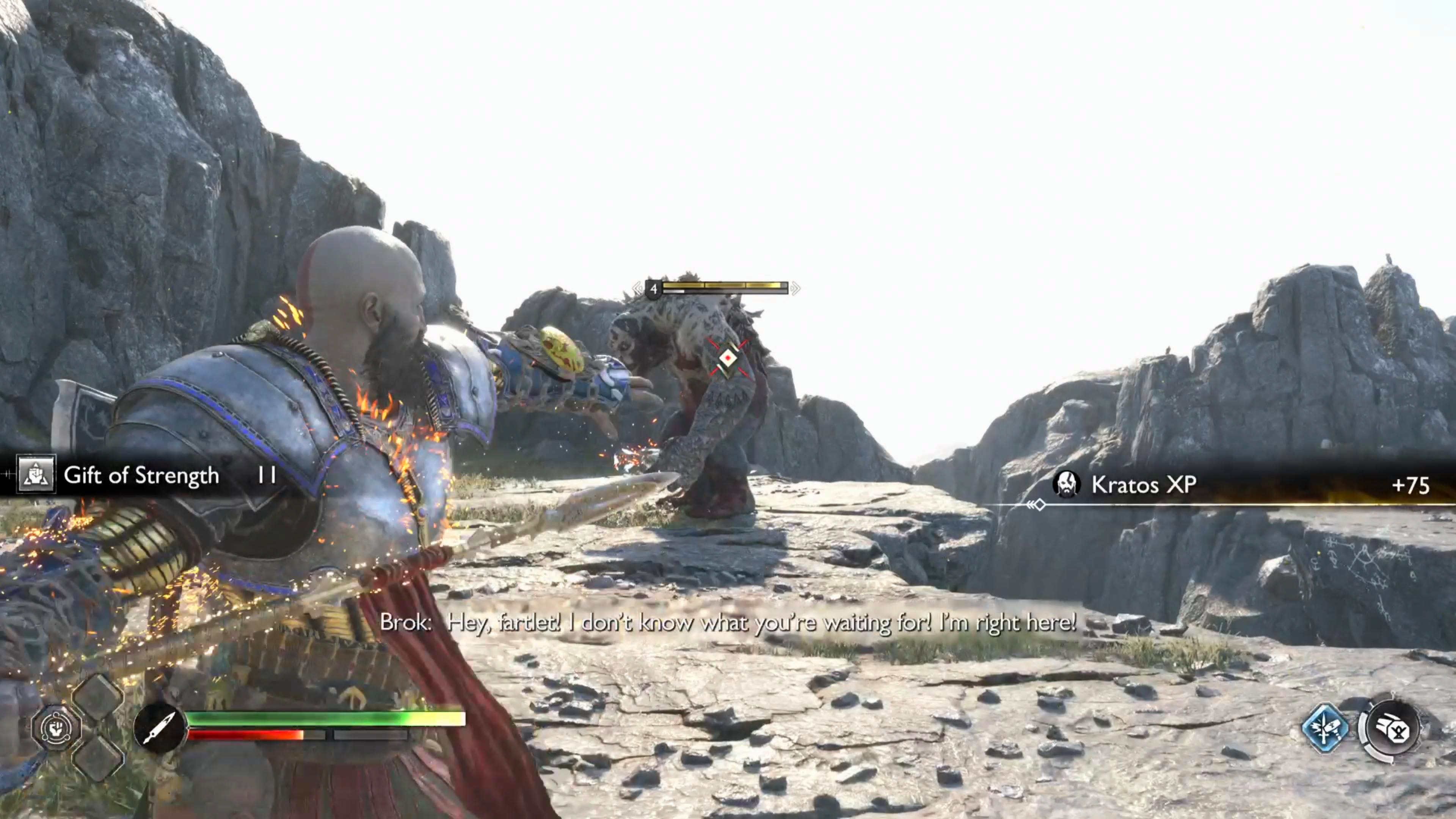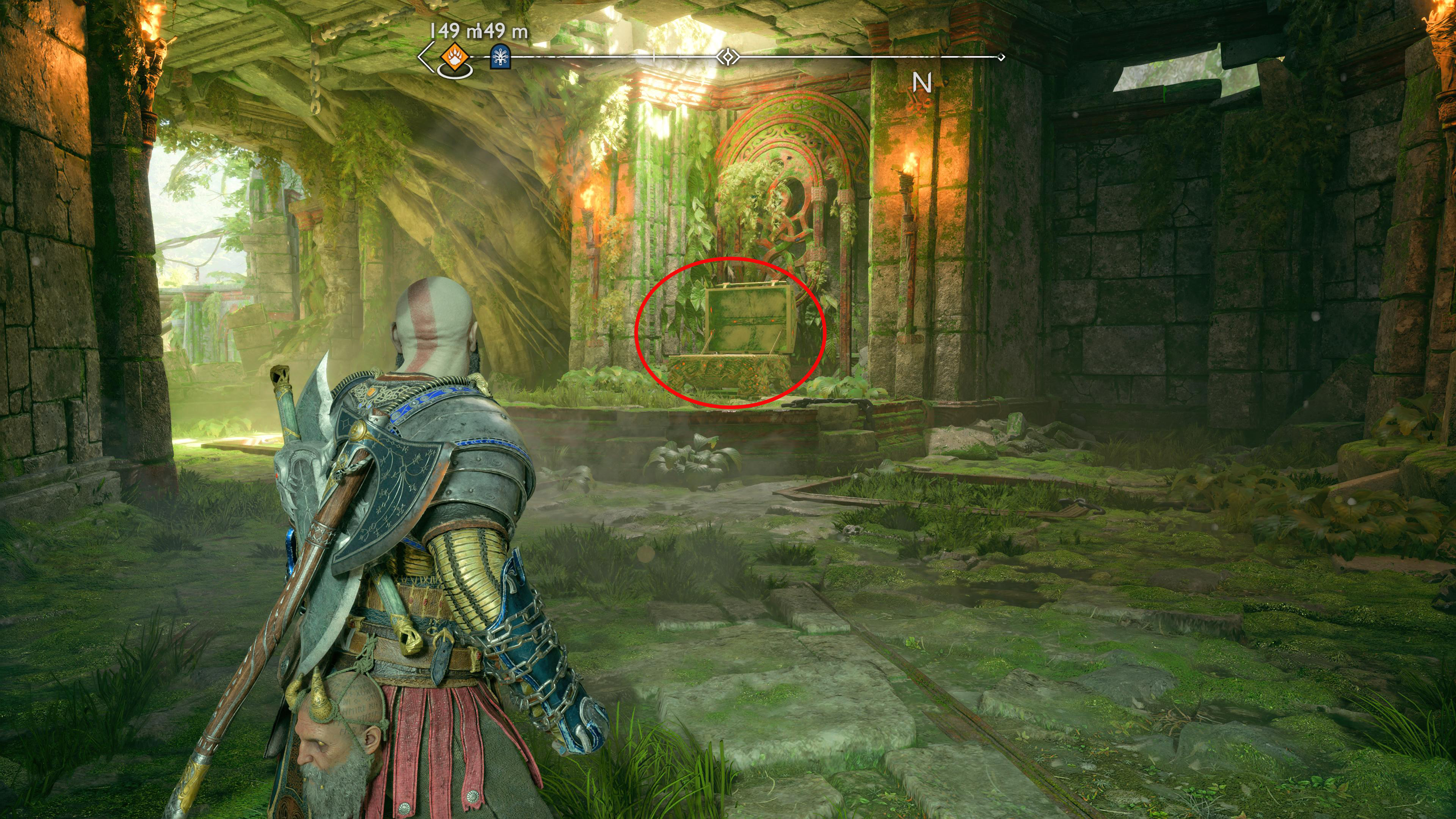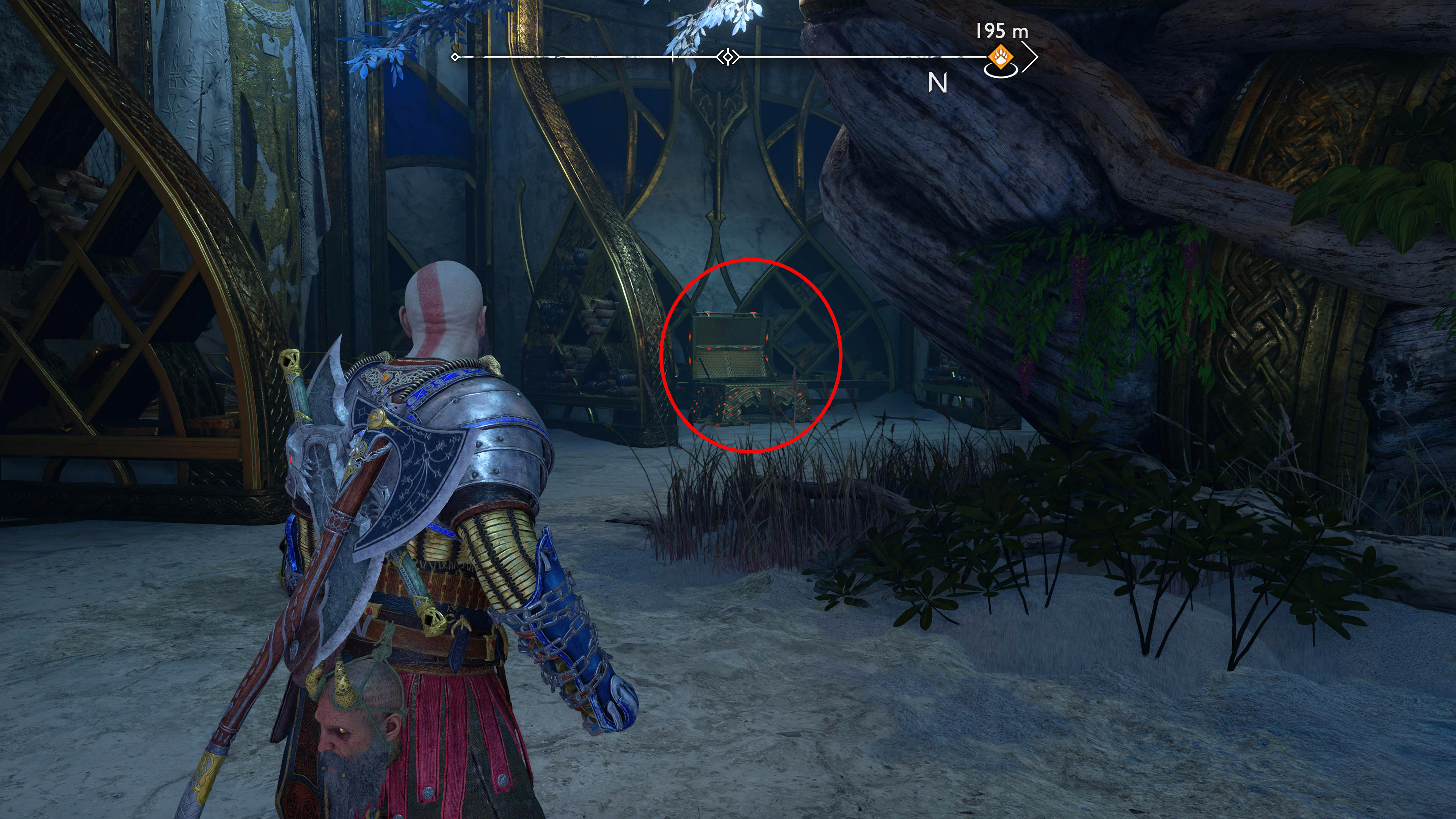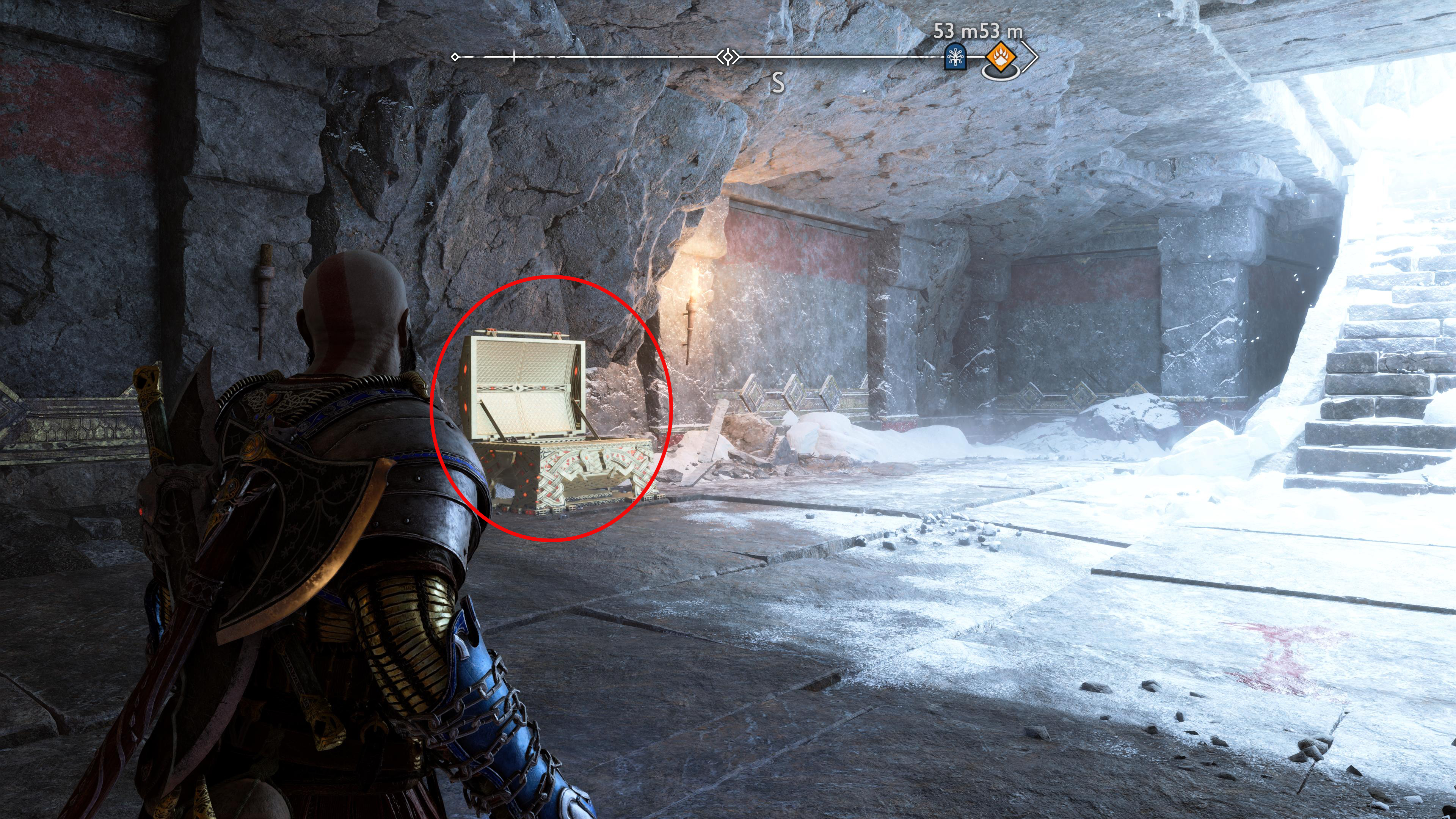How To Unlock Delayed Victory In Yggdrasil

For fans of the strategy game Yggdrasil, mastering delayed victory strategies is crucial for climbing the leaderboards. While aggressive early game tactics often dominate initial play, a well-executed delayed victory can often outmaneuver opponents and secure long-term dominance.
This article explores the core principles and advanced techniques required to unlock delayed victory in Yggdrasil. We'll examine resource management, tech prioritization, and strategic positioning, providing readers with a roadmap to implement this complex but rewarding playstyle.
Understanding Delayed Victory
Delayed victory, in the context of Yggdrasil, refers to a strategic approach where immediate dominance is sacrificed in favor of building a stronger foundation for late-game control. This involves prioritizing economic development, technological advancement, or specific unit compositions that only become powerful after a significant investment of time and resources.
Unlike early aggression, which aims to quickly eliminate opponents or seize key territories, delayed victory focuses on outscaling them. The goal is to reach a point where the player's accumulated advantages become insurmountable.
Key Pillars of a Delayed Victory Strategy
Successful delayed victory strategies rely on several key pillars, starting with efficient resource management. Every decision regarding resource allocation must be carefully considered. The player must ensure they are optimizing income and minimizing wasted expenditure.
This often involves prioritizing structures that generate resources, such as mines or farms, over immediate military units. Strategic use of trading and market manipulation can further bolster resource reserves.
Next is technological advancement. Prioritizing the right technologies is critical for unlocking powerful units, upgrades, and abilities. Tech choices should be aligned with the intended late-game unit composition or strategic approach.
For example, focusing on research that buffs specific unit types or unlocks powerful area-of-effect abilities can create a decisive advantage. It is very important to avoid spreading research too thinly and focus on key technologies that will enable an overwhelming endgame.
Another critical element is strategic positioning. While the initial focus is not on territorial expansion, careful planning of base locations and resource nodes is crucial. Securing strategic chokepoints or resource-rich areas early on, even with a small force, can significantly impact late-game capabilities.
Executing the Strategy
The execution of a delayed victory strategy requires careful monitoring of the game state and adaptation to opponent actions. Early game survival is paramount.
This may involve building defensive structures, employing scouting units to detect early aggression, and forming alliances or truces to buy time. A defensive posture is most effective in the early stages.
Mid-game involves balancing economic growth with defensive needs. Resource accumulation must accelerate while ensuring the base is adequately protected against opportunistic attacks.
This stage may require expanding to new resource locations, building a larger defensive force, or investing in technologies that enhance base defenses. The best players always have a contingency plan.
Late game is the time to unleash accumulated power. With a strong economy, advanced technology, and a powerful army, the player can now transition from defense to offense.
Careful coordination and deployment of forces are essential to overwhelm opponents and seize key objectives. This is the point in the game where the delayed victory player's advantages truly shine. A successful late game secures total control of the playing field.
Challenges and Counter-Strategies
Delayed victory is not without its challenges. The most significant hurdle is surviving early aggression from opponents employing more aggressive strategies. Opponents can identify and target players trying to execute a delayed victory.
Strong early pressure can cripple the economy or disrupt tech progress, making it impossible to reach the late-game advantage. Adapting to these aggressive tactics is key.
Counter-strategies include early scouting to anticipate attacks, defensive fortifications to repel initial pushes, and strategic alliances to deter aggression. In addition, counter-attacks can dissuade overly aggressive foes.
Furthermore, resource denial is a common counter-strategy. Opponents may attempt to starve the delayed victory player by seizing key resource nodes or disrupting trade routes.
Defending resource locations and investing in alternative resource streams can mitigate this threat. It is also important to be aware of opponents' unit composition and tech choices to anticipate and counter their strategies.
The Impact of Delayed Victory
Mastering the delayed victory strategy can have a significant impact on a player's success in Yggdrasil. It rewards patience, strategic thinking, and long-term planning.
Players who can successfully execute this approach often achieve higher rankings and dominate competitive play. Learning to identify when and how to employ a delayed victory strategy expands the player's strategic toolkit and makes them a more versatile and formidable opponent.
By understanding the core principles, executing the strategy effectively, and adapting to challenges, players can unlock the power of delayed victory and achieve long-term dominance in Yggdrasil.
![How To Unlock Delayed Victory In Yggdrasil How to Unlock Muspelheim Realm [Yggdrasil Seeds location] TUTORIAL](https://i.ytimg.com/vi/zgLR197R-zs/maxresdefault.jpg)
